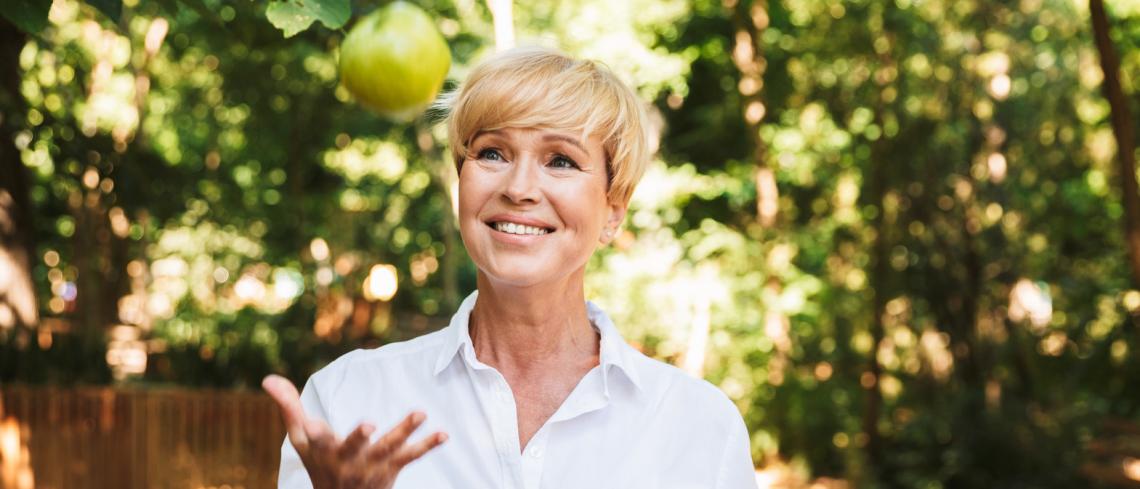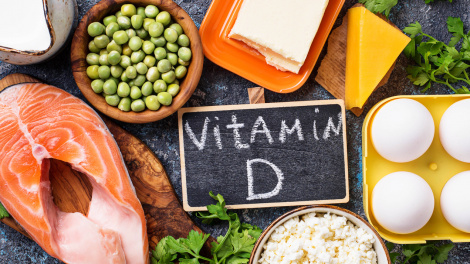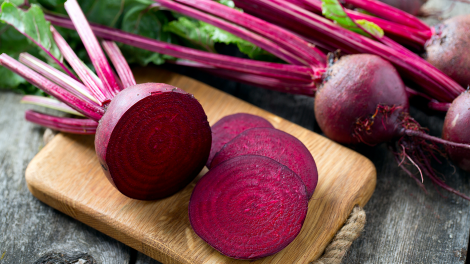Our bodies have ways of reminding us how old we are. Two of these include lack of weight control and hunger… They say our appetite diminishes as we age, but often that isn’t the case and we still crave a nibble here and there throughout the day. The other problem is that we tend to store what we eat from a slowed metabolism. So how do we combat the need to snack and the changes in our bodies?
‘Snacking’ also tends to have a negative connotation, but it doesn’t have to – as long as you’re smart about it! There are a hundred different recommendations about when and how you should snack, so it’s best to figure out what works for your schedule and your goals. Most importantly, regardless of outside influences, try to keep the snacks nutritionally beneficial.
Side note: Read about the healthy foods that are bad for you and the truth about sugar.
7 tips to snacking smarter
#1 It’s a go for grains
Whole-grain and fibre-rich foods keep you fuller for longer with sustained energy release. Look to unsweetened oat products or a slice of whole grain toast.
#2 Pack in the protein!
Much like whole grains, proteins take a longer time to digest, keeping you full and sustaining your energy. Try some jerky/ biltong if it’s available to you, a small portion of grilled chicken, yogurt, or the ever-green handful of nuts (but not too many). Honestly, if it’s hunger you’re dealing with then this is the best route to satiation.
#3 Greens for the munchies
If you’re snacking for the sake of chewing or boredom, try to snack on low calorie greens. Craving a packet of crisps? Try eating things like sliced red peppers or cucumbers and celery. They are mostly water and a bit of fibre, so dig in. If that’s not your thing, opt for making your own oven-baked crisps at home.
#4 Fruit is fine
Generally speaking, a mid-morning snack is some sort of fruit or pastry with a coffee. Ditch the pastry and stick with the fruit, but don’t overdo it – an apple or a banana should suffice. Be cautious with fruit though, because it’s not very filling and you might find yourself reaching for something else. Try to eat fruits closer to your next meal time.
#5 Get it all
Try to introduce a variety of macronutrients into your snacking. This means a combination of carbs, fats proteins and a bit of veg each time you eat. If you’re in a place where food is easily accessible, try to go for a quick crudité platter - cut up some fruit and veg, then throw in a few nuts - or some trendy smashed avocado on toast. If not, meal prep and Tupperware are always your best friends. Chop something extra when you’re making dinner and pop it into your bag the next day.
#6 Power of the mind
Most of the time, needing to snack is in our heads. If you do choose to snack, think about what you’re eating. Eat slowly and enjoy it. Treat it like a small meal so that it doesn’t do a disappearing act leaving you wanting more.
#7 Planning is key
Don’t put yourself in a desperate situation where you have to turn to cookies or candy, make sure you carry something with you when you’re on the move. There’s a reason the millennials love meal-prep so much – it works, so give it a try.
Things to Avoid:
- unhealthy fats and added sugar like cereal bars and muffins.
- fat-free food products, as they are often filled with added salt and sugar.
Remembering all of this when you Just. Want. A. Snack. can be difficult. At the end of the day, you need to decide what’s best for you and your body. After 50 we might want to say, “stuff it, I’m having whatever!” If you’re trying to be health conscious, follow the tips above to get the most out of snacking.







Comments